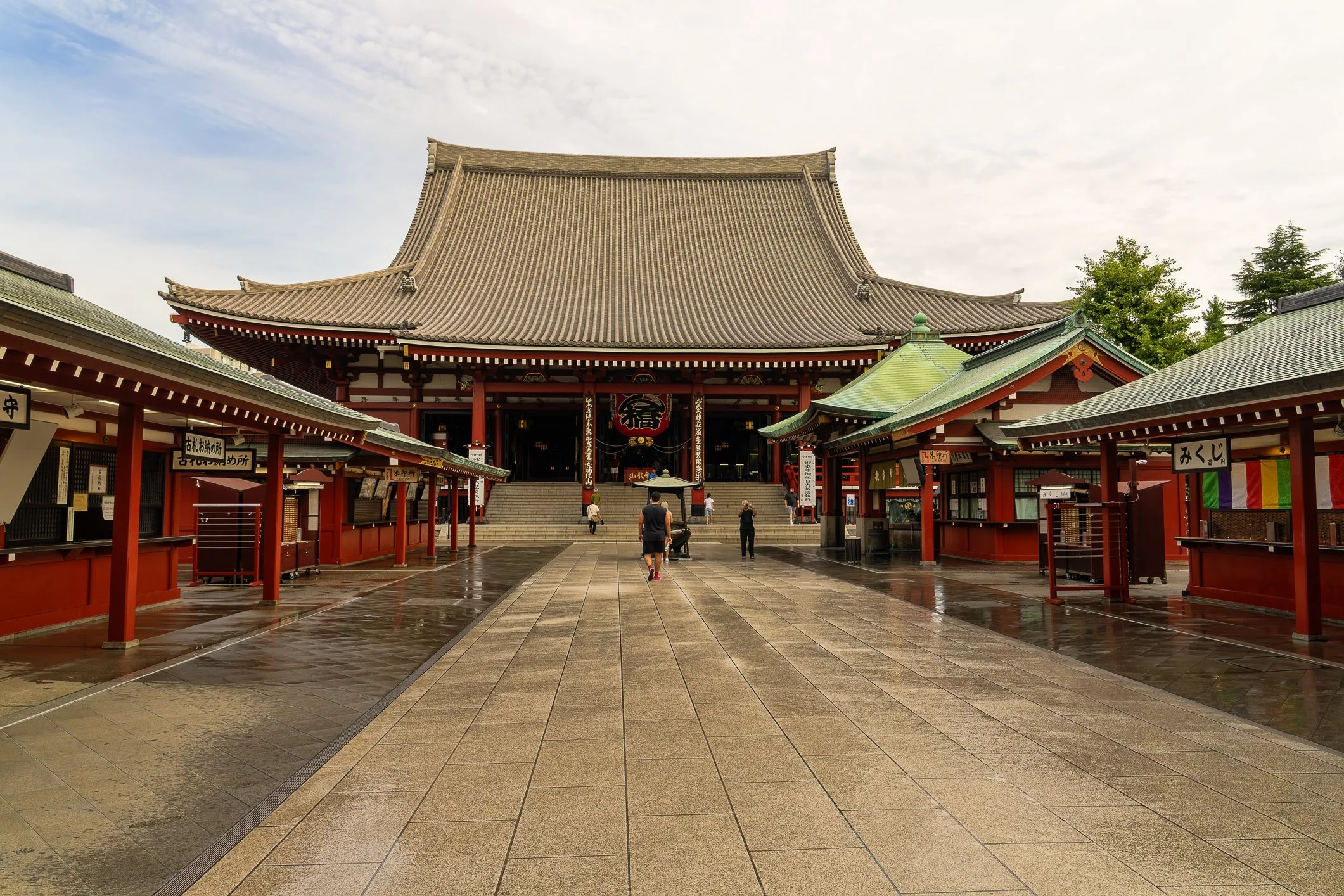One of my favourite buildings in Ginza is the slender, 12-meter-wide Maison Hermes, the Hermes flagship store.
Jednym z moich ulubionych budynków jest smukły, szeroki na 12 metrów Maison Hermes, flagowy sklep marki Hermes.
It is constructed from chunky glass tiles (about 13,000 of them), allowing golden light to filter outside in the evening and making the building glow in the dark. It is the lantern of Ginza, lighting up the night. Blurred silhouettes of shoppers and staff can be seen flowing on the escalators or traversing corridors close to the glass walls, making the building even more interesting.
Jest on zbudowany z grubych szklanych kafli (około 13 000 sztuk zeszło na cały budynek), dzięki czemu wieczorem złote światło przesącza się na zewnątrz i sprawia, że budynek świeci w ciemności. To taka symboliczna latarnia Ginzy. Rozmyte sylwetki kupujących i pracowników wjeżdżających po schodach ruchomych lub przemierzających korytarze w pobliżu szklanych ścian są widoczne na zewnątrz, co sprawia, że budynek jest jeszcze bardziej interesujący.
On the eighth floor, an art space hosts various exhibitions (usually three per year). The gallery is not big but it is very pleasant.
Na ósmym piętrze w przestrzeni artystycznej odbywają się różne wystawy (zwykle trzy rocznie). Galeria nie jest duża, ale bardzo przyjemna.











































































































































































































































































































